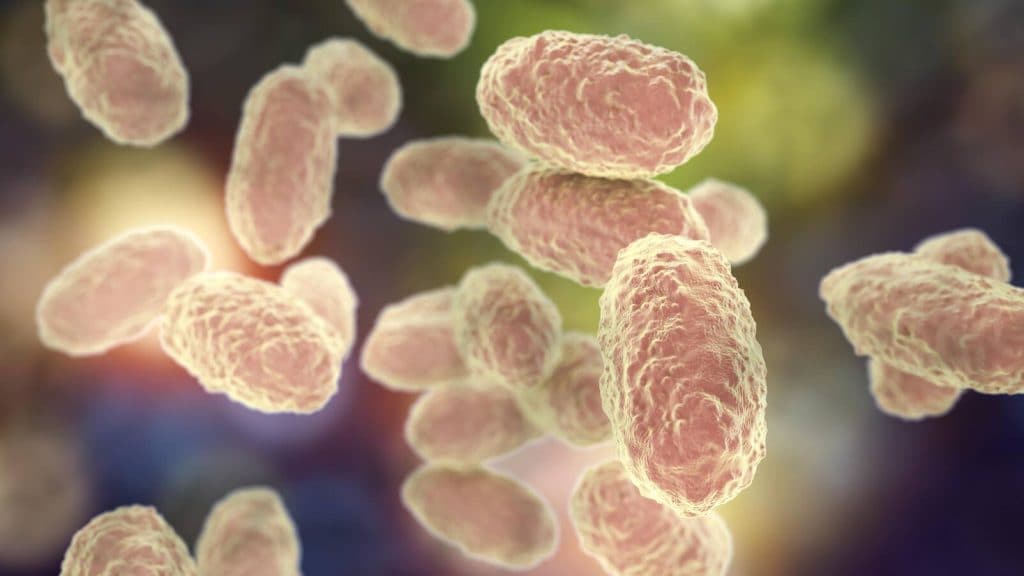Diagnosis
Diagnosing whooping cough in its early stages can be difficult because the signs and symptoms resemble those of other common respiratory illnesses, such as a cold, the flu or bronchitis.
Sometimes, doctors can diagnose whooping cough simply by asking about symptoms and listening to the cough. Medical tests may be needed to confirm the diagnosis. Such tests may include:
- A nose or throat culture and test. Your doctor takes a swab or suction sample from the area where the nose and throat meet (nasopharynx). The sample is then checked for evidence of the presence of whooping cough bacteria.
- Blood tests. A blood sample may be drawn and sent to a lab to check your white blood cell count, because white blood cells help the body fight infections, such as whooping cough. A high white blood cell count typically indicates the presence of infection or inflammation. This is a general test and not specific for whooping cough.
- A chest X-ray. Your doctor may order an X-ray to check for the presence of inflammation or fluid in the lungs, which can occur when pneumonia complicates whooping cough and other respiratory infections.
Treatment
Infants are typically hospitalized for treatment because whooping cough is more dangerous for that age group. If your child can't keep down liquids or food, intravenous fluids may be necessary. Your child will also be isolated from others to prevent the infection from spreading.
Treatment for older children and adults usually can be managed at home.
Medications
Antibiotics kill the bacteria causing whooping cough and help speed recovery. Exposed family members may be given preventive antibiotics.
Unfortunately, not much is available to relieve the cough. Over-the-counter cough medicines, for instance, have little effect on whooping cough and are discouraged.
Self care
The following tips on dealing with coughing spells apply to anyone being treated for whooping cough at home:
- Get plenty of rest. A cool, quiet and dark bedroom may help you relax and rest better.
- Drink plenty of fluids. Water, juice and soups are good choices. In children, especially, watch for signs of dehydration, such as dry lips, crying without tears and infrequent urination.
- Eat smaller meals. To avoid vomiting after coughing, eat smaller, more-frequent meals rather than large ones.
- Clean the air. Keep your home free of irritants that can trigger coughing spells, such as tobacco smoke and fumes from fireplaces.
- Prevent transmission. Cover your cough and wash your hands often; if you must be around others, wear a mask.
Preparing for your appointment
If you think you or your child has whooping cough, make an appointment with your family doctor or pediatrician. Severe symptoms may warrant a visit to an urgent care center or a hospital's emergency department.
What you can do
You may want to write a list that includes:
- Detailed descriptions of the signs and symptoms
- Information about past medical problems
- Dates of immunizations
- Information about the medical problems of parents or siblings
- Questions you want to ask the doctor
What to expect from your doctor
Your doctor will conduct a physical exam and will use a stethoscope to listen closely to your lungs. Questions your doctor may ask include:
- When did the cough start?
- How long does a coughing spell generally last?
- Does anything trigger the cough?
- Does the cough ever cause gagging or vomiting?
- Has the cough ever resulted in a red or blue face?
- Have you been exposed to anyone with whooping cough?

